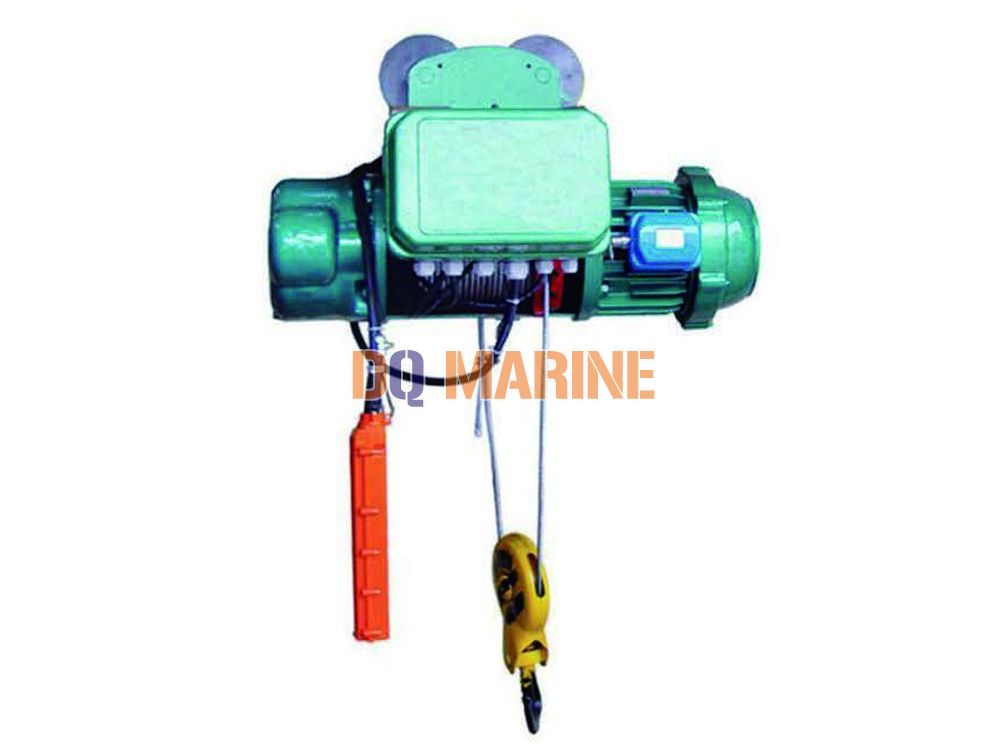

Hence, the common use of a robotic additive is hindered by the lack of fully autonomous tools based on the abovementioned issues. Thus, the collision between these two becomes a significant issue that needs to be solved.

In addition, multi-directional material accumulation cannot ensure the nozzle always stays above the building geometry.
#Robo 3t print env manual#
However, the current robotic additive process heavily relies on manual geometric reasoning that identifies additive features, related building orientations, tool approach direction, trajectory generation, and sequencing all features in a non-collision manner. Robotic additive manufacturing (AM) has gained much attention for its continuous material deposition capability with continuously changeable building orientations, reducing support structure volume and post-processing complexity. We validate our approach using the experimental setup of the robotic spray painting application. In later stages, less exploration and more exploitation will be performed as we have sufficient number of experimental data. In the beginning, the policy favors exploration since we do not have much data. In this policy, we consider the right trade-off between exploration and exploitation. When a decision is made to conduct experiments on the sacrificial object, the parameter policy to select process parameters should be simulated. The decision made in our approach only commits the user to the current stage and does not affect future decisions. In computation, the search tree simulates future decisions beyond the current decision and evaluates the costs by considering the effect of future experiments. The sequential decision making approach we proposed is a combination of look ahead search, surrogate modeling, and a policy to select process parameters. To do this, we use a sequential decision making approach to learn the process parameters. We want to know the right amount of sacrificial objects to identify the right process parameters while keeping the expected task completion cost to a minimum. However, using too many sacrificial objects can incur unnecessary costs. When there is a risk of damaging the object, conducting experiments on sacrificial objects is a good option to explore the process parameters before performing the tasks on the object of interest. Learning the right process parameters is essential to efficiently and safely execute tasks in automated manufacturing applications. The parts are characterized to understand the effects of conformal substrate on the microstructure, microhardness, and T-peel strength. Three of the truss-like parts are planar, and two truss-like parts are conformal. Five truss-like parts are built using our process planning approach. We address this complexity by making five novel contributions: (1) exploratory experiments with copper and iron as conformal substrate materials to determine if they are appropriate for the build material (2) development of a corner accumulation detection algorithm for bead defect detection (3) development of a process-specific tool-path planning algorithm to avoid molten metal from flowing under gravity (4) development of a substrate placement planning algorithm to fit the trajectory in the manipulator’s workspace (5) building and characterization of the built parts’ mechanical properties. A conformal substrate makes the process planning complex.

Along with exploring the conformal substrate, this research will close the gap of the technical advancements and experimental validation required to build conformal metal parts. This research aims to overcome this limitation by exploring a conformal substrate for wire arc additive manufacturing. However, the geometries of the parts are limited by the flat substrate used for this process. In addition, the manipulator’s flexibility expands the capabilities of the additive manufacturing process. Robotic manipulators equipped with arc welding hardware can perform wire arc additive manufacturing and build complex geometries. Wire arc metal additive manufacturing is a process that uses the arc welding technique to build parts layer by layer. Metal additive manufacturing has revolutionized the manufacturing industry due to its capability of building complex parts without any part-specific tooling.


 0 kommentar(er)
0 kommentar(er)
